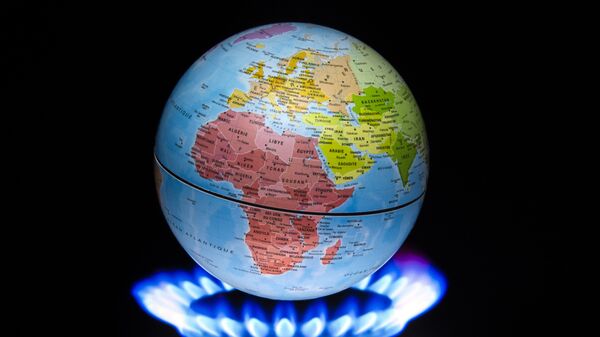In 1967, scientists Syukuro Manabe and Richard T. Wetherald published an obscure climate-modeling report in the Journal of Atmospheric Sciences. Today's leading climatologists have compared the 50-year-old report to what is currently happening to the earth's climate, and are surprised to uncover how accurate the predictions were.
Manabe and Wetherald's model predicted that:
Doubling carbon dioxide content in the earth's atmosphere raises the temperature of the atmosphere (assuming relative humidity is fixed) by about two degrees Celsius.
Although atmospheric temperatures have increased by almost one degree Celsius they are on track to continue to rise, while carbon dioxide levels — also projected to increase under current conditions — have increased by some 50 percent.
The model predicted little or no warming in the Southern Ocean.
So far, actual measurements indicate that this prediction is correct, although measurements over a longer time period will be required to confirm this.
The model predicted that most global warming would take place in the northern hemisphere, extending through continental North America, Europe and Asia.
Measurements appear to indicate that this is the case.
Two Princeton researchers, Dr. Ronald Stouffer and the venerable Dr. Syukuro Manabe himself, compared current data to results from the now half-century-old computer model of Earth's surface temperatures.
"It is quite surprising that the observed and projected pattern of surface temperature change are very similar to each other," the researchers said, cited by the Independent.
"It suggests that the model likely contains the key physical processes that control the geographical pattern of global warming at the Earth's surface."
They remarked that the model was unlikely to have had the correct distribution of thermal forcing — factors causing temperatures to rise — but this did appear to be "critical."
The researchers also noted that the model had made "reliable projections of the warming pattern" and pointed out that the "success of these projections will increase our confidence in current model projections of future climate changes."

